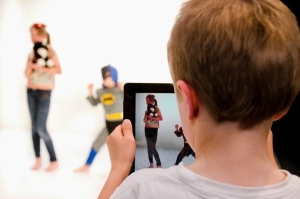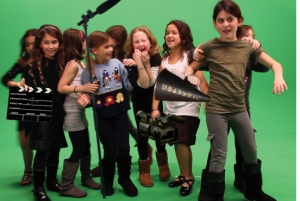The final Media Arts tutorial allowed each group to conduct final editing on films. This stage of the creation process saw music and effects added as well as raw footage being narrowed down and refined to best demonstrate the story.
As a class we were also given the opportunity to watch each other’s preliminary movie cuts and provide and receive feedback.
This process is important as it allows for students to get varying perspectives on their work: this is an important facet of conducting any form of arts learning experiences. As discussed by Nilson (2003), the value to students from peer interaction and feedback is great, particularly where criteria for feedback is presented prior to the session commencing. Students can be prompted to make comments on specific aspects: such as clarity of narrative, different shot types and how they might best be used and other details.(Nilson, 2003)
This ensures students have a framework within which to consider various pieces of advice.
Reference
Nilson, L. (2003). Improving student peer feedback. College teaching. 51(1). 34-37.
doi: 129.78.139.28
Tweak Your Biz. (2014). Collaboration and unity. [Image]. Retrieved from:
http://tweakyourbiz.com/growth/files/How-Collaboration-Creates-Growth-For-Your-SME.jpg
Word Press. (2012). Sharing ideas. [Image]. Retrieved from: http://lucy4wellness.files.wordpress.com/2012/09/cartoon-image-on-sharing-ideas.jpg










